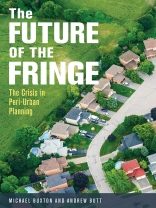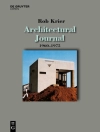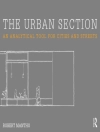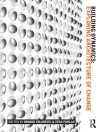Peri-urban landscapes are some of the world’s most vulnerable areas. Although they are often thought of simply as land awaiting development, these landscapes retain important natural resources and make valuable contributions to agriculture, water use, biodiversity conservation, landscape preservation and human well-being. Billions of people use them and enjoy their natural values. Their continuing loss threatens to alter our relationships with nature and have a negative impact on the environment.
The Future of the Fringe first explores the history of peri-urban areas, international peri-urban policy and practice, and related concepts. It analyses internationally relevant issues such as green belts and urban growth boundaries, regional policy, land supply and price, and the concepts of liveability, attractiveness, well-being and rural amenity. It then examines a range of Australian peri-urban issues, as an extended case study. The book argues for a precautionary approach so that we retain the greatest number of options to adapt during rapid and unprecedented change.
İçerik tablosu
Introduction
PART I: Peri-urban concepts, policy and practice
1: Understanding the peri-urban
2: Conceptualising peri-urban regions
3: Planning and policy for peri-urban protection
4: Land markets, land supply and price and the peri-urban fringe
5: Regionalism and peri-urban development
6: Liveable peri-urban spaces
PART II: Peri-urban issues: an Australian context
7: Australian green belts
8: Population change in peri-urban Australia
9: Peri-urban agriculture
10: Biodiversity, natural resources and peri-urban regions
11: The practice of peri-urban planning
Conclusion: peri-urban futures
References
Index
Yazar hakkında
Andrew Butt is an Associate Professor in Sustainability and Urban Planning at RMIT University. His experience in planning practice, research and teaching has focussed on rural and peri-urban issues, including a Ph D on approaches to planning for farmland protection in peri-urban Australia, as well as articles and book chapters exploring socio-economic transitions and planning systems in rural and peri-urban regions.












